The Indian states are highly vulnerable to flood attacks, and it has been estimated that out of the 329 million hectares of land in the country, about 40 million hectares are prone to flood. Floods in India are a recurrent phenomenon and result in heavy losses of lives. It also causes damage to the property, cattle, infrastructure, livelihood, and public utilities in the country. The major reasons contributing to the steep increase in floods are the increase in population, rapid urbanization, and a steady growth in economic and developmental activities.
1. Kerala:
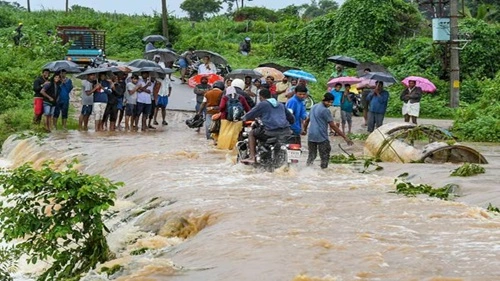
Kerala is a coastal city in India located in the southwestern part of the country. Many major rivers, such as Bharathapuzha, Periyar, Pamba, and their tributaries, flow in this state. These rivers are prone to get flooded during monsoon times. Landslides, loss of property and life, and damage to the infrastructure happen as a consequence of these floods. The central and southern parts of the state, especially Kuttanad, Wayanad, are most prone to floods in 2024.
2. Bihar:
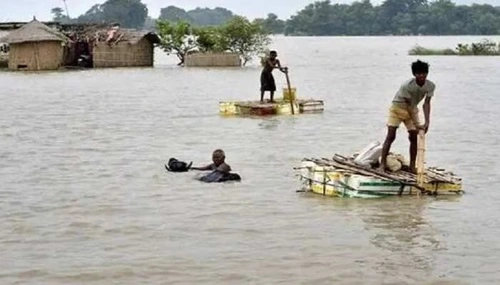
Bihar is one of the most flood-prone states in the country, with more than 76% of the population in the Northern part of Bihar living under the recurring threat of devastating floods. Bihar makes up about 16.5% of the total flood-affected areas in India. The major rivers in Bihar that are prone to flooding are Kosi, Ganges, Gandak, and their tributaries.
3. Assam:
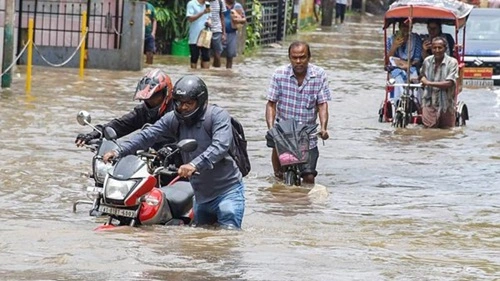
The major rivers that flow through Assam are Barak, Brahmaputra, and its tributaries. Assam receives the highest rainfall in all the Indian states and is prone to flooding almost every year. The main reasons for floods causing devastating effects on the city are monsoon rains, embankment breaches, and water overflowing situations. Floods in Assam have resulted in the loss of crops and property, damages to the infrastructure in the city, displacement of people, etc.
4. West Bengal:
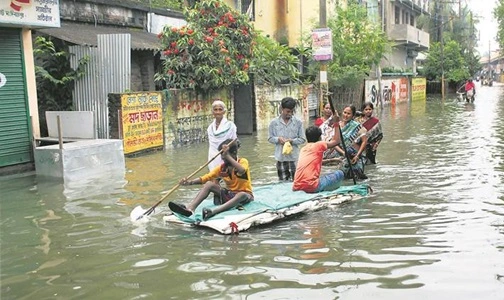
The major rivers in West Bengal that flood during the seasonal monsoonal rains are the Ganges, Hooghly, Brahmaputra, and other coastal rivers. The most common regions affected by the floods are the Southern and Central parts of West Bengal, especially the Sundarbans.
5. Uttar Pradesh:
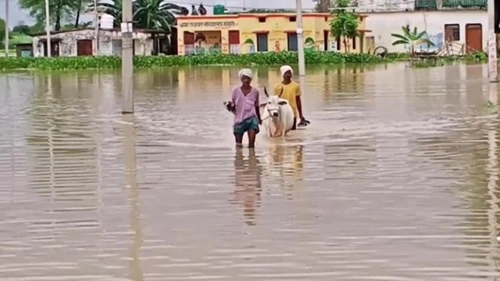
Floods in Uttar Pradesh are a recurrent and significant problem as it affects both the urban and the rural areas alike. The primary cause of floods in the state is due to the intense and prolonged monsoon rains. It is supplied by many major rivers, such as Ghaghra, Yamuna, Ganges, Rapti, and Gomti. These rivers can overflow during monsoon thus flooding the surrounding areas. Also, many urban areas in UP lack proper drainage infrastructure, thus resulting in logging of water and flooding in the event of heavy rains.
6. Odisha:
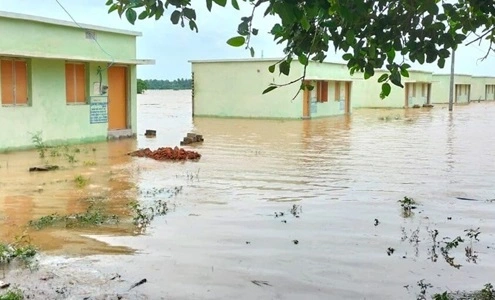
Floods in Odisha are a recurring disaster that has a significant impact on the socio-economic conditions of the state. Odisha receives substantial rainfall during the monsoon season and this continuous and heavy rainfall will result in the rivers overflowing and flooding the state. The long coastline of Odisha makes it a vulnerable place for cyclones and it has already suffered a few in the past as well. Its rivers like Baitarani, Brahmani, and Mahanadi flood during the monsoon season. Districts like Puri, Ganjam, and Jagatsinghpur are worst affected by the floods in Odisha.
7. Maharashtra:
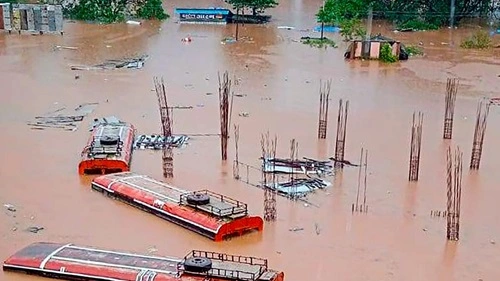
Maharashtra receives heavy rainfall between June to September. The duration and intensity of the rainfall here can result in severe flooding, especially in low-lying areas. Most of the rivers, such as Tapi, Godavari, Krishna, and their tributaries, overflow in Maharashtra during the monsoon season, causing floods in the nearby region. Rapid urbanization, inadequate drainage systems, and the blockage of the natural water channels lead to floods in Maharashtra.
8. Gujarat:
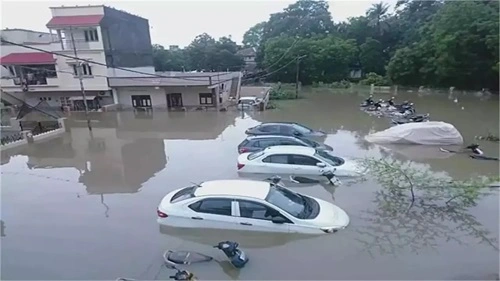
Major rivers that flow through Gujarat are Tapi, Sabarmati, Narmada, and their tributaries. These rivers generally overflow during the monsoon season and lead to significant floods in the surroundings. The coastline of Gujarat makes it extremely vulnerable to cyclones, which bring in storm surges, heavy rains, and flooding. Districts like Surat, Navsari, Valsad often face flooding due to heavy rains in Gujarat.
9. Andhra Pradesh
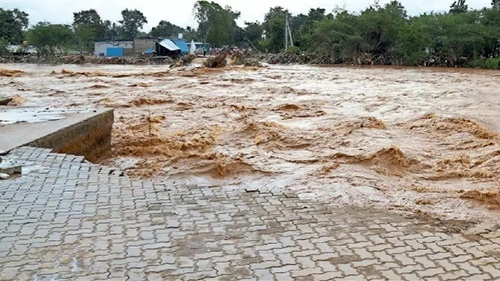
Andhra Pradesh is a coastal state in India that lies along the Bay of Bengal. Cyclone Hudhud in 2014 and Titli in 2018 were notable cyclones in the state that brought about devastating effects. The heavy monsoon rains, along with the release of water from the dams, such as the Prakasam Barrage and Polavaram projects, exacerbate flooding in the state. Also, the state’s topography, with many delta regions and low-lying river basins, makes it a lot more susceptible to frequent floods.
10. Tamil Nadu:
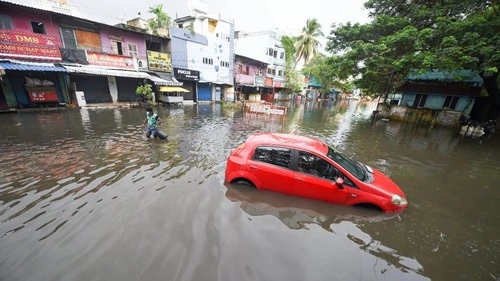
Tamil Nadu generally receives rainfall from October to December, and most of its rivers, namely the Adyar, Thamirabarani, and Vaigai, get flooded during heavy monsoon rains, flooding the nearby regions. Rapid urbanization in its capital city, Chennai, has led to frequent floods in the region. Notable floods in Chennai are Vardah in 2016 and Gaja in 2018.
Bottom Line:
All these states in India suffer from recurrent flooding owing to both natural and manmade factors such as poor drainage systems, dam release, monsoons, cyclones, etc. The major impacts of these floods are displacement of people, damages to property, agricultural proceeds, and socio-economical challenges.

